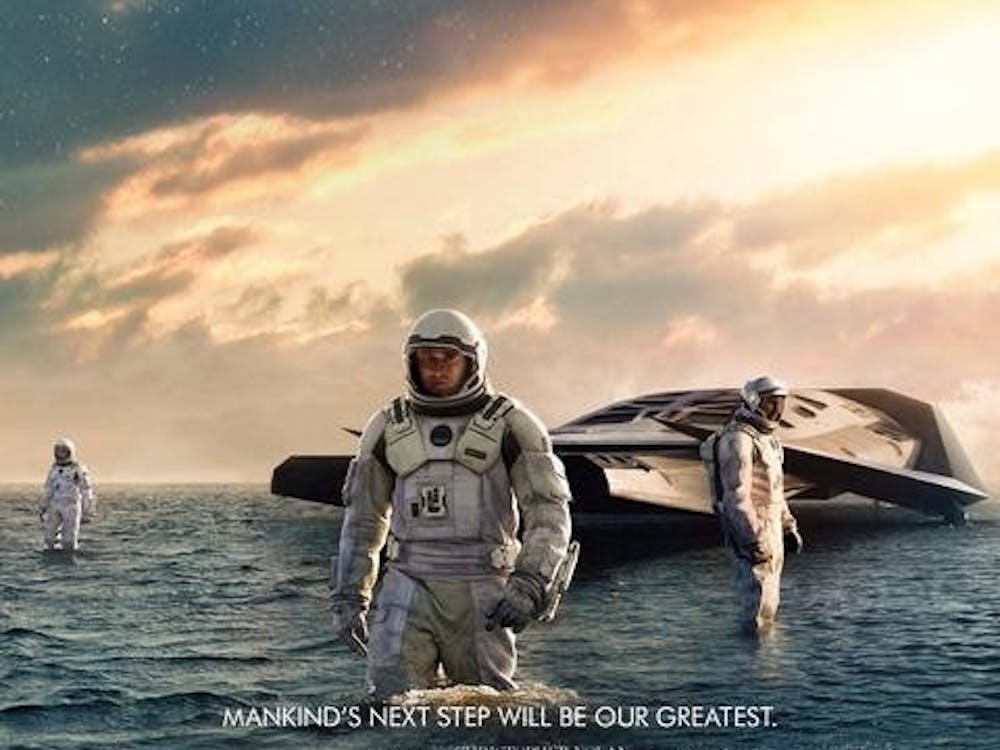Modern audiences just won't stand for it. Full of simple plot lines, overly dramatic play-acting and dated jokes that just aren't funny anymore, silent films can't entertain the more grown-up, intelligent audiences of today. And worst of all, there's no sound.
You have to love uninformed stereotypes.
Modern viewers are in denial: It's today's movies that meet these inferior criteria.
Adam Sandler will never be Charlie Chaplin. Steven Spielberg can't match the scale of D.W. Griffith. Todd Solondz can't personify the futility of the human condition like King Vidor. And, today's action-comedies can't even begin to touch the brilliance of Buster Keaton.
With "The General," Keaton chronicles the life of Johnnie Gray, a Southern train engineer during the Civil War. After Northern spies hijack a Confederate engine, Keaton takes chase in his locomotive, The General.
Complicating the matter is Annabelle Lee, Johnnie Gray's love, who happens to be a passenger on the kidnapped train.
Like a steam engine, "The General" is a well-oiled machine. Its components work in unison, creating a product that glides along a predetermined track.
The film is a masterpiece of stunt work and precise timing. Working before stars were a marketable commodity Keaton does all of his stunts, jumping from train to train, dodging cannon fire and hurtling trains over burning bridges. He's been known to miss too, occasionally breaking a bone, or, in one case, his neck.
Keaton's Johnnie Gray, like Chaplin's little tramp, goes through these episodes unaware, not knowing that his life is in danger at every twist and turn of the railroad track. Instead, fate intervenes, allowing Gray to plod on to the inevitable conclusion.
Most critics point to "Birth of a Nation" as the definitive film on the Civil War era. And while that film has merit, it's weighed down with politics, racism and Griffith's personal agenda. While a large majority of "The General" is humorous and exaggerated, the film subtly displays powerful images that portray an accurate picture of the period.
In one stunning shot, Keaton stands on top of the train chopping wood to feed the barreling locomotive. Meanwhile, in the background, unnoticed by Keaton, the entire Confederate army retreats with the North on its heels.
The effect is astounding, as a lone man contrasts with the sweeping vista of history passing him by.
One of the main delights of the film is Keaton's acting. The quintessential performer, Keaton can convey more emotion with his eyes than most actors are capable of today. His style is subtle, emphasizing stoicism over the grandiose melodrama that most people associate with the silent era. Throughout the film, his expression rarely changes, making the few instances of true emotional outbreak all that more exciting and interesting.
After Gray has rescued Annabelle Lee, he asks her to gather firewood to feed the fire on the train. She looks around and picks up a small twig off of the floor. Keaton stares at her, and then, in a fit of rage, starts to strangle her. But in a sudden change of heart, he stops and kisses her. Keaton expertly plays the contradiction of emotions, selling the change in feeling with grace.
In the end, "The General" triumphs on all fronts. Like the tracks of the ever-expanding American railroad, its individual components coalesce with amazing complexity, pushing America and film into new directions.
(See schedule on page B3 for showtimes.)
Grade: A+






